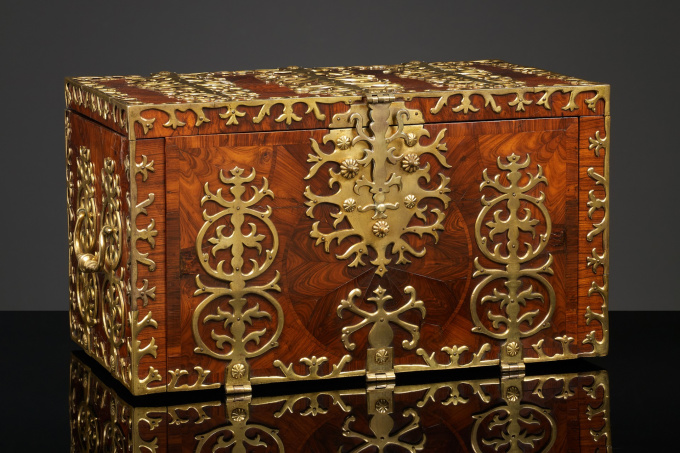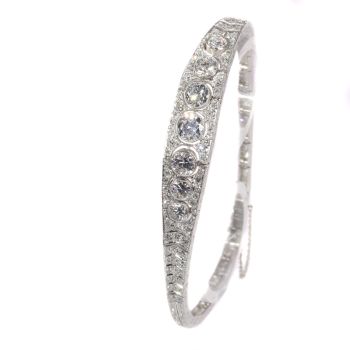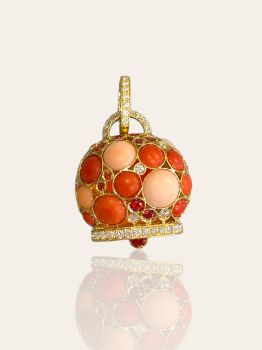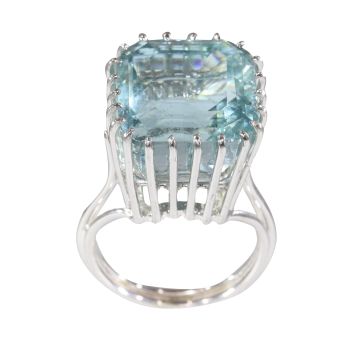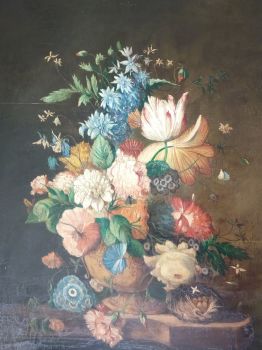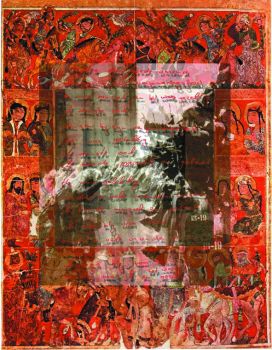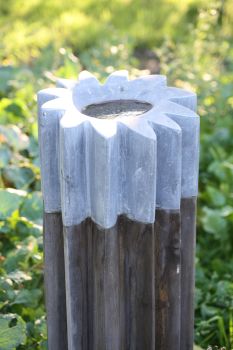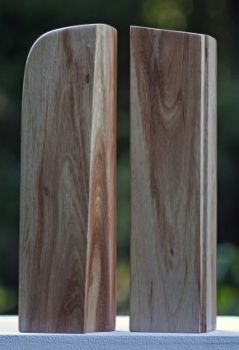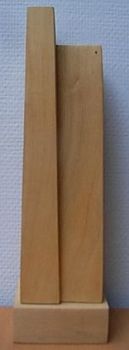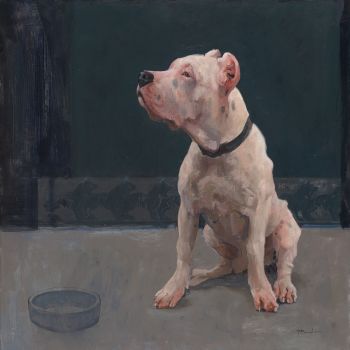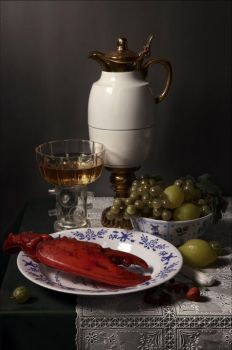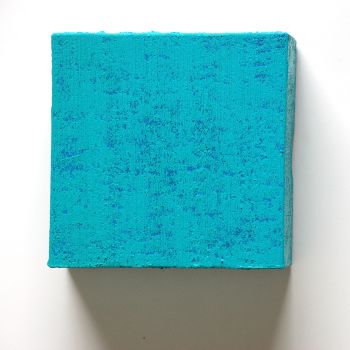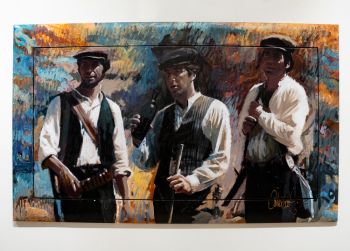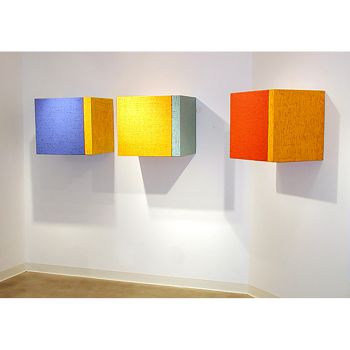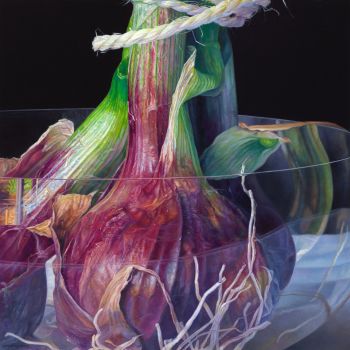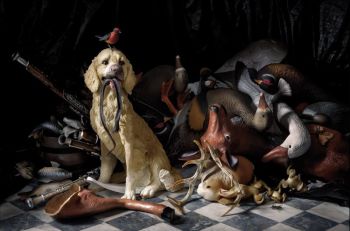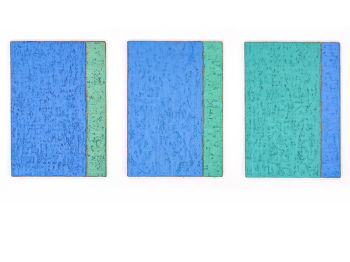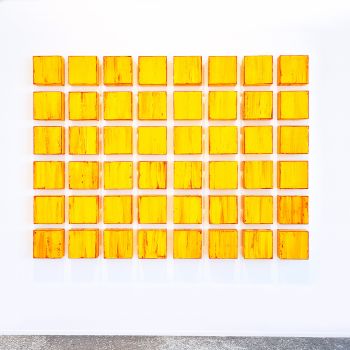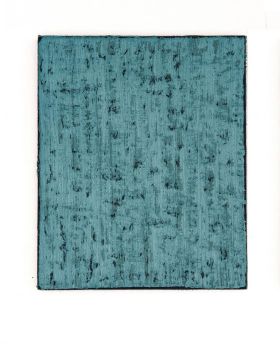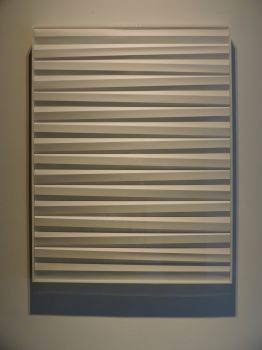Strongbox 1695 - 1710
Artista Sconosciuto
LegnaOlivaQuercia
34 ⨯ 62 ⨯ 36 cm
ConditionExcellent
Attualmente non disponibile tramite Gallerease
- A proposito di opere d'arteAn oak strongbox with olive wood veneer. The box is richly ornamented with brass fittings (with traces of gilding) in the shape of leaves. The elaborate fittings should prevent the box from damage during long travels. The box can easily be moved with the help of the handles on the sides. Centrally there is a large escutcheon, that can be opened with a secret lever. When the lid is lifted, one gets access to the main storage space. In the lid there are to panels that can be opened to hold documents. There are four more secretive storage spaces in the interior. The actual keyhole, used to open the front panel, is hidden behind the lock of the lid.
With a key the front panel can be unbolted. The panel opens to the front. Once opened two small drawers are visible. Hidden to the eye are five more secret compartments. The interior is entirely finished in solid rosewood and rosewood veneer.
In general this type of strongboxes is considered to be French or Flemish. Nevertheless, the vast majority of these cases stem from England. Recent research hypothesizes they were made in London between 1600 and 1720.
The earliest evidence for the production of this type of strongboxes comes from the inventory of Edward Traherne, a renowned joiner who died in London in 1675. Traherne’s trading stock contained a number of shipping and traveling chests with various specifications. It may be noted that several of them still had to be finished.
English furniture makers advertised with “Strong-Boxes” throughout the first part of the eighteenth century. A typical quality of these boxes are the iron rods that are vertically positioned in the side panels and that can be screwed onto the wooden floor of a ship or carriage.
Literature:
London Metropolitan Archives, Orphans’ Court Record, Roll 117, Box 15.
Peter Thornton and Maurice Tomlin, ‘Ham House’, Furniture History, XVI (1980), pp. 1-194.
Th. H. Lunsingh Scheurleer, ‘Documents on the Furnishing of Kensington House’, Walpole Society, Vol. 38 (1960-62), pp. 15-58.
National Archives, LC9/280, 281.
Bowett, Adam. Woods in British Furniture-Making, 1400-1900: An Illustrated Historical Dictionary. Wetherby: Oblong Creative, 2012. 193-94.
Geoffrey Beard and Christopher Gilbert (eds), Dictionary of English Furniture Makers 1660-1840, Leeds (1986, pp. 16 & 200 & 378).
Coleridge, Anthony. Chippendale Furniture: The Work of Thomas Chippendale and His Contemporaries in the Rococo Taste, Vile, Cobb, Langlois, Channon, Hallett, Ince and Mayhew, Lock, Johnson and Others, Circa 1745-1765. Cirencester: Collectors’ Book Club, 1973. 44. - A proposito di opere artista
Può succedere che un artista o un creatore sia sconosciuto.
Alcune opere non sono determinate da chi sono state realizzate o sono state realizzate da (un gruppo di) artigiani. Esempi sono statue dell'antichità, mobili, specchi o firme non chiare o leggibili ma anche alcune opere non sono affatto firmate.
Inoltre puoi trovare la seguente descrizione:
•"Attribuito a …." A loro avviso probabilmente opera dell'artista, almeno in parte
•“Studio di ….” o “Officina di” A loro avviso un'opera eseguita nello studio o nella bottega dell'artista, eventualmente sotto la sua supervisione
•“Cerchio di…” A loro avviso un'opera del periodo dell'artista che mostra la sua influenza, strettamente legata all'artista ma non necessariamente al suo allievo
•"Stile di..." o "Seguace di..." A loro avviso un'opera eseguita nello stile dell'artista ma non necessariamente da un allievo; può essere contemporaneo o quasi contemporaneo
•“Modalità di…” A loro avviso un'opera nello stile dell'artista ma di epoca successiva
•"Dopo …." A loro avviso una copia (di qualsiasi data) di un'opera dell'artista
•“Firmato…”, “Datato…” o “Iscritto” A loro avviso l'opera è stata firmata/datata/inscritta dall'artista. L'aggiunta di un punto interrogativo indica un elemento di dubbio
•"Con firma....", "Con data...", "Con iscrizione..." o “Riporta firma/data/iscrizione” a loro avviso la firma/data/iscrizione è stata aggiunta da qualcuno diverso dall'artista
Artwork details
Related artworks
- 1 - 4 / 12
 A cura di
A cura diDanny Bree
Artista Sconosciuto
Verre bécher «ZWISCHENGOLD» très rare.1730
Prezzo su richiestaPeter Korf de Gidts - Antiquairs
Artista Sconosciuto
Verre à boire Cristallo façon de Venise1600 - 1650
Prezzo su richiestaPeter Korf de Gidts - Antiquairs
Artista Sconosciuto
A Surinam-themed Amsterdam long-case clock1746 - 1756
Prezzo su richiestaZebregs & Röell - Fine Art - Antiques
 A cura di
A cura diGallerease Magazine
Artista Sconosciuto
Een Gotische zuidelijke Nederlanden wandklok1580 - 1590
Prezzo su richiestaNico van den Assem restauratie
Johannes van Dreght
Antique Dutch still life flowers in vase1740 - 1800
Prezzo su richiestaGallerease Selected
1 - 4 / 24Artista Sconosciuto
Japanese transition-style lacquer coffer 1640 - 1650
Prezzo su richiestaZebregs & Röell - Fine Art - Antiques
Artista Sconosciuto
A rare Japanese export lacquer medical instrument box1650 - 1700
Prezzo su richiestaZebregs & Röell - Fine Art - Antiques
Artista Sconosciuto
UN NETSUKE IN AVORIO DI UN OLANDESE CHE TIENE UN GALLETTO18th century
Prezzo su richiestaZebregs & Röell - Fine Art - Antiques
Artista Sconosciuto
The Stamford Raffles Secretaires.1800 - 1813
Prezzo su richiestaZebregs & Röell - Fine Art - Antiques
 A cura di
A cura diDanny Bree
Johannes La (le) Blanck
Un set di ampolle d'argento olandese a doppio uso1786
Prezzo su richiestaJacob J. Roosjen SRI
1 - 4 / 24- 1 - 4 / 24

